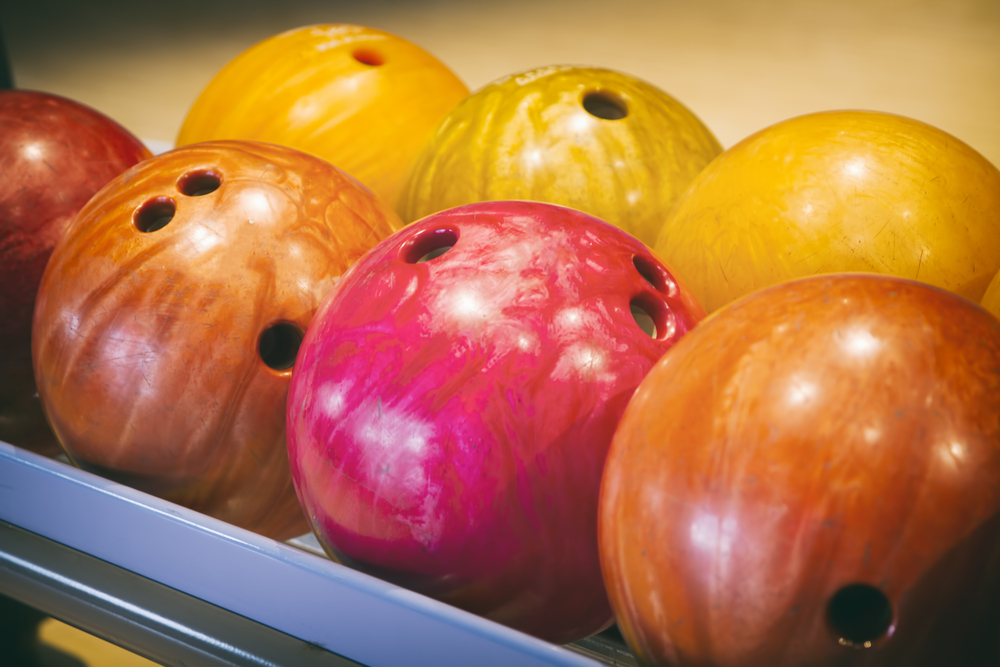
Just like any other piece of sports equipment, bowling balls eventually wear out and need to be replaced. But how often should you replace a bowling ball? And why?
It's important to have a good quality bowling ball that is suited to your style of play. Using a worn-out or damaged ball can negatively impact your game.
How often you replace the ball depends on a few factors, such as how often you bowl, what type of bowling you do (recreational or competitive), and how well you take care of your equipment.
Contents
- 1 How Often Should You Replace a Bowling Ball?
- 2 How Do You Know It’s Time to Replace Your Bowling Ball?
- 3 Do Bowling Balls Lose Effectiveness?
- 4 How Many Games Will a Bowling Ball Last?
- 5 Can You Use Old Bowling Balls?
- 6 How to Maintain Your Bowling Ball
- 7 How Long Does the Average Bowling Ball Last?
- 8 Will Routine Maintenance Helps Increase Longevity?
- 9 Should You Own Your Own Bowling Ball and Why?
- 10 How to You Choose the Perfect Ball?
- 11 Frequently Asked Questions
How Often Should You Replace a Bowling Ball?
On average, most bowlers will need to replace their bowling ball every 5-10 years. However, if you are an avid bowler or play in tournaments regularly, you may need to replace your ball more often. The type of bowling ball you have will also affect how often you need to replace it.
Key Takeaways
- Bowling Ball Lifespan: Most bowlers replace their balls every 5-10 years, influenced by usage frequency, competitive level, and maintenance. Avid bowlers or those in tournaments might need replacements more often due to wear and performance loss.
- Signs to Replace: Look out for cracks, loss of hook ability, or changes in ball weight as indicators it's time for a new ball. Delaying can worsen the damage, impacting game performance.
- Maintenance Tips: Extend your ball's life by cleaning it with a microfiber cloth post-use, avoiding extreme temperatures, and storing it in a dry, cool place. Regular maintenance includes detoxing every 100 games and resurfacing every 60 games to keep it in top shape.
- Choosing the Right Ball: Based on your bowling style and desired lane reaction, consider weight, coverstock type (urethane, reactive resin, plastic, proactive), and core (asymmetrical, symmetrical). A well-chosen ball enhances control and scoring potential.
- Ownership Benefits: Owning a personalized bowling ball improves familiarity, control, and game performance. It also saves money over renting and allows customization to suit individual styles and preferences.
How Do You Know It’s Time to Replace Your Bowling Ball?
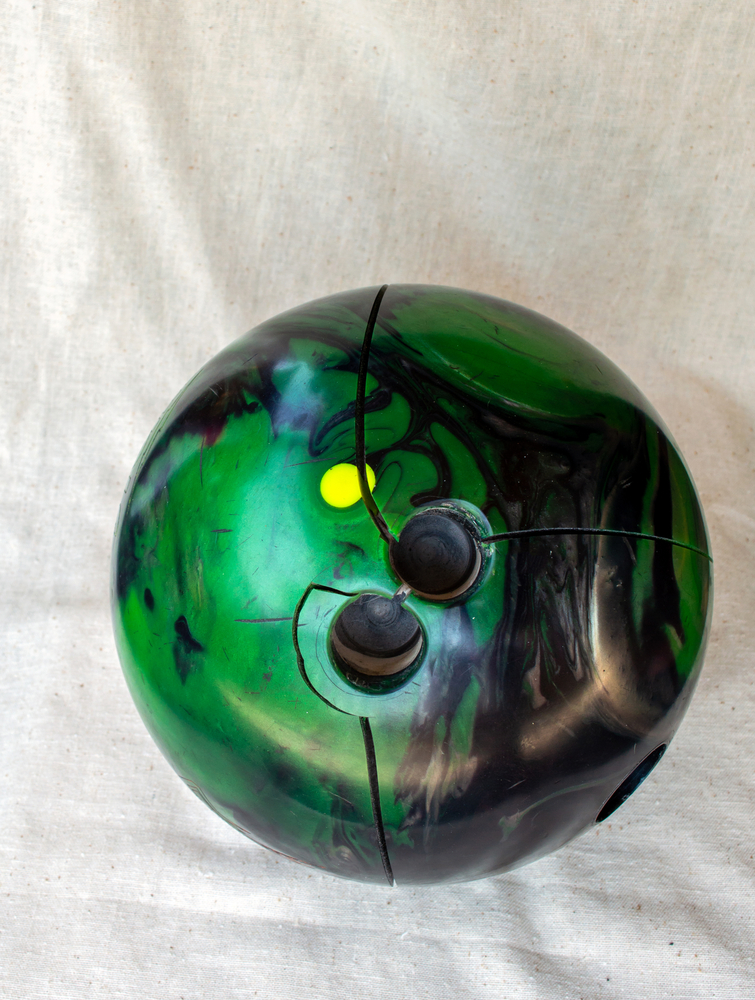
There are several signs that it might be time to replace your bowling ball. If you notice any of the following, it’s probably time for a new ball:
- The ball is cracked, chipped, or otherwise damaged.
- The ball no longer hooks.
- If the ball generates a rattling sound when it hits the lanes.
- The ball is no longer the right weight or size for you.
- Replace your bowling ball when it starts to show signs of wear and tear because using a damaged or worn-out ball can negatively affect your game.
While you don’t need to replace your bowling ball as soon as you notice one of these signs, it is a good idea to start looking for a new ball. If you wait too long, the damage could become irreparable.
| Aspect | Details |
|---|---|
| Lifespan | 5-10 years on average; depends on usage, level of play, and maintenance. |
| Replacement Signs | Cracks, loss of hook, changes in weight, and hollow sound indicating core separation. |
| Maintenance Tips | Clean with a microfiber cloth, store in cool dry place, detox every 100 games, resurface every 60 games. |
| Choosing a Ball | Consider weight, coverstock (urethane, reactive resin, plastic, proactive), and core (asymmetrical, symmetrical). |
| Ownership Benefits | Improves game familiarity and control, saves money, allows customization. |
Do Bowling Balls Lose Effectiveness?
Over time, bowling balls can lose their “hook” or ability to spin. This happens because the ball’s surface becomes smooth from repeated use. When this happens, it’s harder to control the ball and get it to go where you want it to go.
The ball can also wear out or crack from repeated impact with the lanes and pins. If you notice any cracks, chips, or other damage to the ball, it’s time to replace it.
In addition to losing its “hook,” a bowling ball can also lose its ability to absorb oil from the lane. This makes the ball more difficult to control and can negatively impact your game.
How Many Games Will a Bowling Ball Last?
The number of games a bowling ball will last depends on how often you bowl, what type of bowling you do (recreational or competitive), and how well you take care of it.
On average, a bowling ball will last for about 100-500 games. However, if you are an avid bowler or play in tournaments regularly, you may need to replace your ball more often. The type of bowling ball you have will also affect how often you need to replace it.
If you take good care of your ball, clean it after each use, and store it properly, it will last longer. However, even with proper care, the ball will eventually wear out and need to be replaced.
Can You Use Old Bowling Balls?
The reason for this is that, over time, most bowling balls surface becomes smooth from repeated use. When this happens, it’s harder to control the ball.
While you can use old bowling balls, it is generally recommended that you replace them every 5-10 years.
You can use old bowling balls, but they may not be as effective as a new ball.
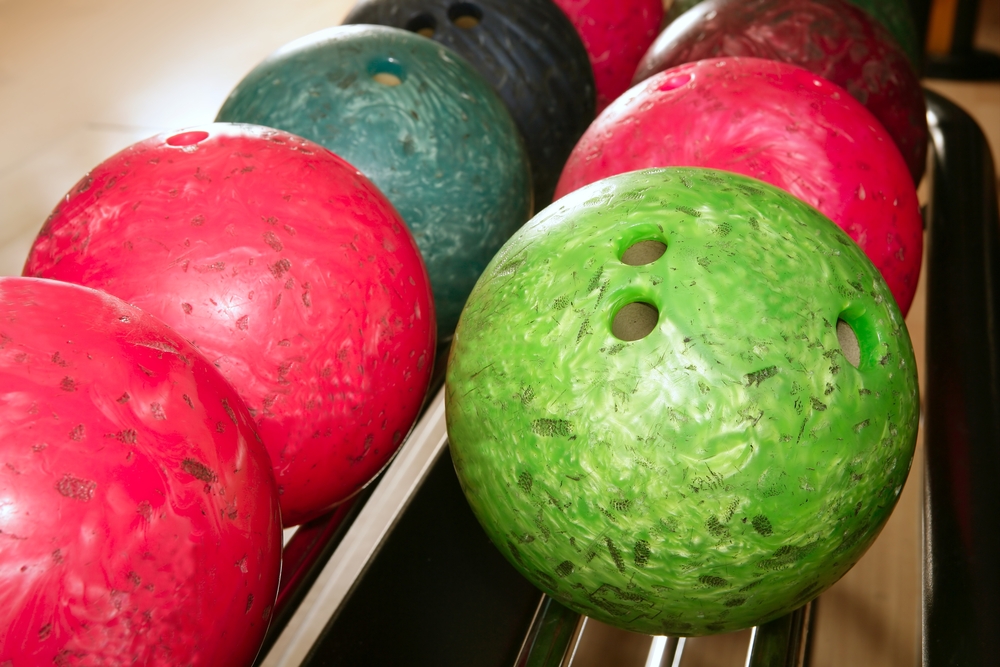
How to Maintain Your Bowling Ball
To prolong the life of your bowling ball, it’s important to take good care of it. Here are some tips for how to properly maintain your ball:
- Clean the ball using a microfiber cloth after each use.
- Store the ball in a cool, dry place.
- Do not expose the ball to extreme temperatures.
- Do not leave the ball in direct sunlight.
- Do not store the ball in a humid environment.
By following these simple tips, you can help extend the life of your bowling ball.
How Long Does the Average Bowling Ball Last?
The average bowling ball will last for about 10 to 15 years. However, if you are an avid bowler or play in tournaments regularly, you may need to replace your ball more often. The type of bowling ball you have will also affect how often you need to replace it.
If you take good care of your ball, clean it after each use, and store it properly, it will last longer.
Will Routine Maintenance Helps Increase Longevity?
Yes, taking good care of your ball by cleaning it after each use and storing it properly will help extend its life.
If you notice any cracks, chips, or other damage to the ball, it’s time to replace it. In addition to losing its “hook,” a bowling ball can also lose its ability to absorb oil from the lane.
If your performance declines or you notice any of these problems, it’s time to get a new ball.
Should You Own Your Own Bowling Ball and Why?
There are several benefits to owning your own bowling ball.
- First, when you use your own ball, you will be more familiar with how it reacts on the lane. This can help you improve your game and scores.
- Second, using your own ball gives you a sense of ownership and pride.
- It can also save you money in the long run because you won’t have to rent a ball every time you go bowling.
- Owning your own ball allows you to customize it to better suit your bowling style. You can choose the color, weight, and design that you like best.
If you are serious about bowling, then owning your own ball is a good idea. It will help you improve your game and scores, and it can save you money in the long run.
How to You Choose the Perfect Ball?
Choosing the perfect ball is an important decision for any bowler. The type of ball you choose will depend on your bowling style and how you want the ball to react on the lanes.
There are many different types of bowling balls available, so it’s important to do your research before making a purchase.
Here are some things to keep in mind when choosing a ball:
1. Weight
The weight of the ball is important because it affects how the ball will roll down the lane. Heavier balls tend to be more stable and are good for bowlers with a straight-arm style. Lighter balls are more forgiving and are good for bowlers with a hook.
2. Coverstock
The coverstock is the outer layer of the ball and determines how the ball will react on the lanes.
There are four main types of coverstocks:
- Urethane
- Reactive resin
- Plastic
- Proactive
Urethane balls are the most durable and have a low-friction surface. They are good for bowlers who want a consistent ball reaction.
Reactive resin balls have a tacky surface that provides more traction on the lane. The reactive ball is good for bowlers who want more hook potential.
Plastic balls are the least expensive and are good for beginners.
Proactive balls are designed to "grip" the lane and has the greatest backend action
3. Core
The core is the inner part of the ball and determines how the ball will roll down the lane.
There are two main types of cores: asymmetrical and symmetrical. Asymmetrical cores have different weights on each side, which makes the ball spin more on one axis than the other.
This creates more hook potential. Symmetrical cores have the same weight on each side, which makes the ball roll more evenly down the lane.
4. Shell
The shell is the outer part of the ball and determines how the ball will react on the lanes.
There are three main types of shells:
- Solid.
- Pearl.
- Clear.
Solid shells are the most durable and have a consistent ball reaction. They are good for bowlers who want a predictable ball reaction.
Pearl shells have a glossy surface that provides more traction on the lane. They are good for bowlers who want more hook potential.
Clear shells are the least durable and have the least predictable ball reaction. They are good for beginners or bowlers who want a less expensive ball.
5. Price
The price of new bowling balls is important because it will determine how often you need to replace it. More expensive balls tend to last longer, but they may not be worth the investment if you are a beginner.
Frequently Asked Questions
How Often Should You Detox a Bowling Ball?
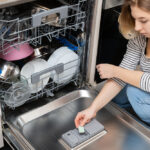
You should detox your bowling ball after 100 games or every few months to remove any dirt and oil buildup. This will help keep your ball performing at its best.
Why Does My Bowling Ball Not Hook Anymore?

If your bowling ball isn’t hooking, it could be because the coverstock is worn down or the core is damaged. You may need to replace your ball if this happens.
How Often Should You Resurface or Sand a Bowling Ball?
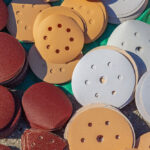
You should resurface your bowling ball every 60 games or every few months to remove any dirt and oil buildup. This will help keep your ball performing at its best.
Related Articles
My Final Words
Maintaining your bowling ball is critical to extending its lifespan and ensuring optimal performance. Whether it's the same ball you've used for years, a plastic ball for spares, or your main strike ball, attention to its condition is crucial. Regular cleaning with a solution recommended by your local pro shop, monitoring for a hollow sound indicating a separated core, and adjusting for oil patterns on the lanes are all practices expert bowlers prioritize.
Moreover, visiting your local pro shop to check finger holes for wear and discuss maintenance strategies, including rubbing alcohol or specialized cleaning solutions, can make a significant difference. Remember, more oil on the lanes requires frequent cleaning to maintain the ball's effectiveness. By adhering to these guidelines, bowlers can ensure their equipment remains in top condition, leading to improved scores and a more enjoyable lane experience.
Kira Byrd, a Certified Fraud Examiner, holds a B.S. in Accounting from the University of Alabama at Birmingham. With a passion for bowling from her childhood, Kira has poured her expertise and personal experiences into creating and nurturing Bowling For Beginners. Kira's mission is to meet new bowlers where they are and guide them toward consistently achieving higher scores. With a focus on skill development and strategic techniques, she empowers readers to take control of their game and unlock their true potential.
Bowling For Beginners embodies strict editorial integrity, ensuring reliable and unbiased information. Kira's commitment to delivering valuable insights and practical strategies is reflected in every article. Here's an explanation of our editorial policy and how we get money.





